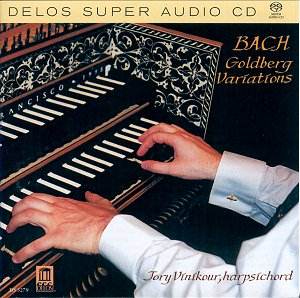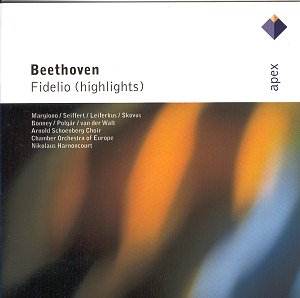 Composer: Niels Viggo Bentzon
Composer: Niels Viggo Bentzon
Works: Symphony No. 5 Op. 61, Symphony No. 7 Op. 83
Performers: Aarhus Symphony Orchestra, Ole Schmidt (conductor)
Recording: Kongreshuset Aarhus, 5 Apr 1980 (Symphony No. 7), 4 Mar 1982 (Symphony No. 5)
Label: DACAPO 8.224111
Niels Viggo Bentzon occupies a unique and often underappreciated niche in the 20th-century symphonic landscape. His Fifth and Seventh Symphonies, composed in the early 1950s, showcase his metamorphic style, which deftly intertwines complex emotional landscapes with an innovative approach to orchestration. Composed shortly after his Fourth Symphony, the Fifth is particularly notable for its five movements, each one offering a distinct exploration of tension and release, while the Seventh, conceived as a single movement, reflects a synthesis of influences that range from Bartók to Shostakovich.
The performance of the Fifth Symphony is marked by an impressive range of dynamics and expression. The Moderato begins with an undercurrent of urgency, capturing a sense of impending turmoil that evolves into a maelstrom of sound. Ole Schmidt’s direction elicits a vivid sound palette from the Aarhus Symphony Orchestra, with the solo violin lines glistening amid the lush string textures, reminiscent of both Hovhaness’s ethereal quality and Tippett’s emotional depth. The Allegro II is particularly striking, featuring a series of visual metaphors that conjure images of crystal caverns, underscored by pugnacious brass motifs echoing Panufnik’s Tragic Overture. The Adagio emerges as a monumental string edifice, cold yet occasionally warmed by moments of fervent intensity, showcasing Bentzon’s ability to build tension akin to Shostakovich.
The Seventh Symphony, composed in 1952, presents a more streamlined but no less complex vision. Its single movement captures a whirlwind of contrasting ideas, where savage, warlike skirls coexist with terse, rhythmic cells that evoke a primal energy. Here, Schmidt’s interpretation shines through, as he navigates the intricate textures with deft precision, allowing the music’s inherent drive to unfold organically. Notably, there are echoes of Nielsen in the work’s darker shades, particularly at 16:34, when the music momentarily reflects a troubled introspection before concluding in a state of uneasy tranquility.
The recording quality on DACAPO is commendable, capturing the orchestral textures with clarity while allowing the subtleties of Bentzon’s orchestration to emerge. The balance between the orchestra’s sections is well-managed, ensuring that individual lines, such as the high warble from the strings in the Fifth Symphony, are not lost amid the rich orchestral fabric. This attention to detail in the engineering enhances the listener’s experience, providing an immersive auditory journey through Bentzon’s intricate sonic world.
Comparatively, while Bentzon’s symphonies may not have garnered the same level of attention as those of his contemporaries, their inventive qualities and emotional depth position them as significant contributions to 20th-century symphonic music. The interpretations provided by Ole Schmidt and the Aarhus Symphony Orchestra breathe life into these works, offering fresh insights that resonate with both historical context and modern sensibilities.
Bentzon’s Fifth and Seventh Symphonies, through their intricate interplay of themes and masterful orchestration, demand recognition. This recording serves as a potent reminder of his artistic vision and technical prowess, affirming his place within the pantheon of symphonic composers. The performances here not only illuminate the scores but also invite listeners to engage with the complexities of Bentzon’s musical language, ensuring that these works will continue to challenge and inspire.



